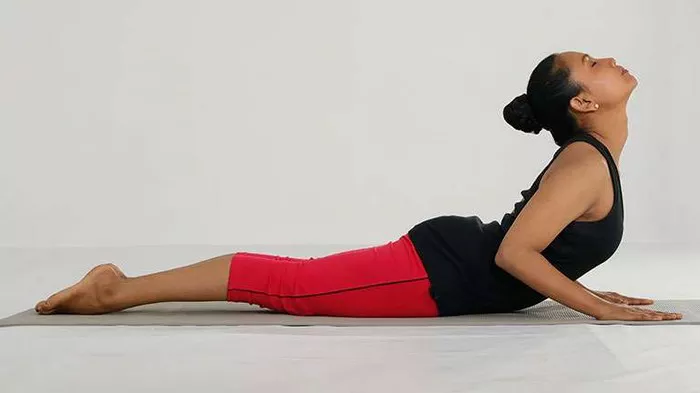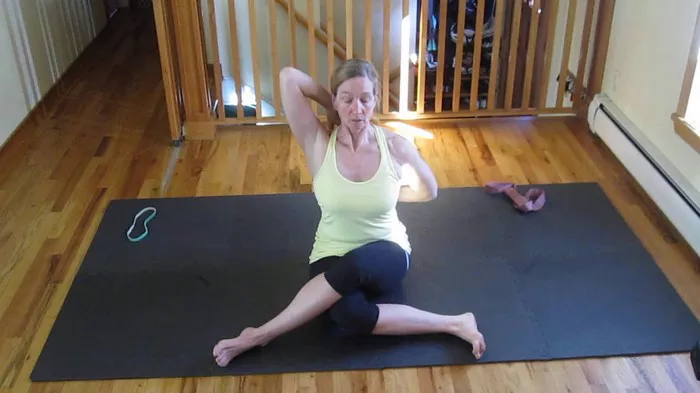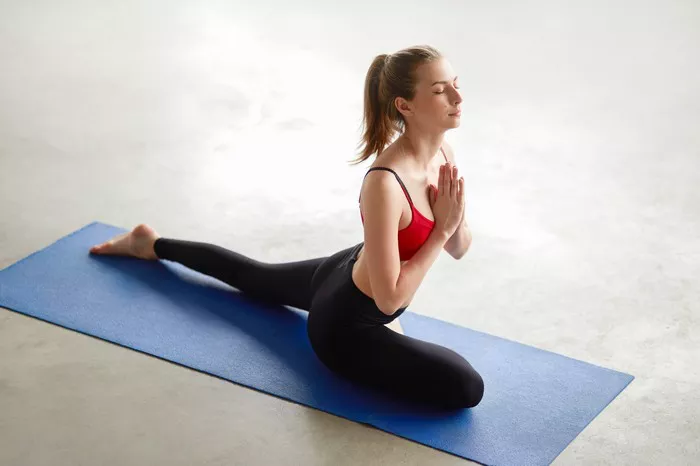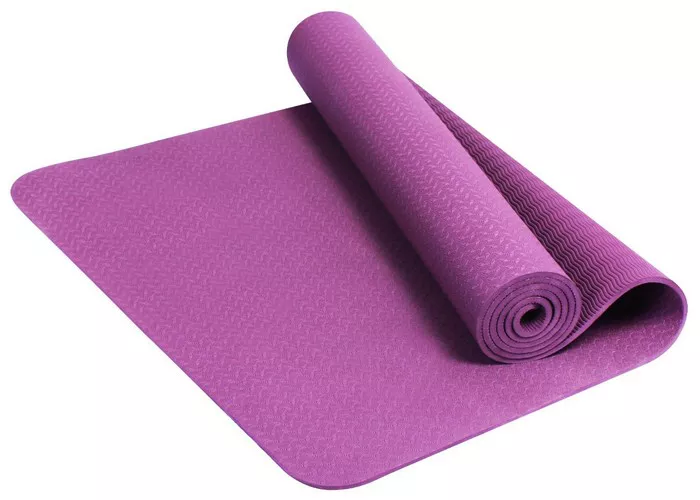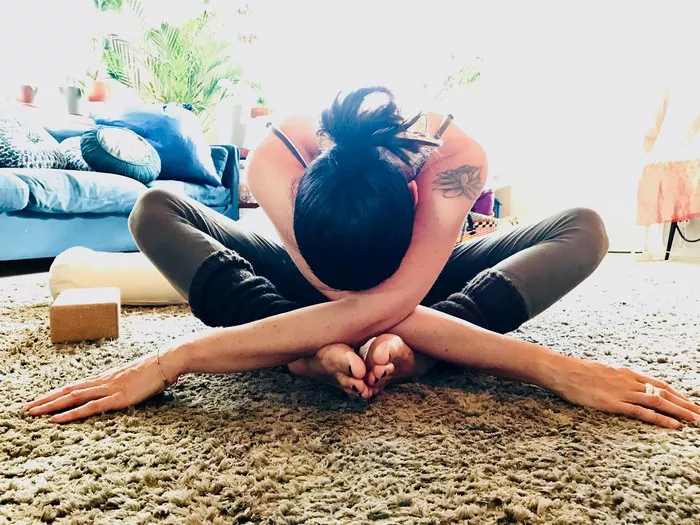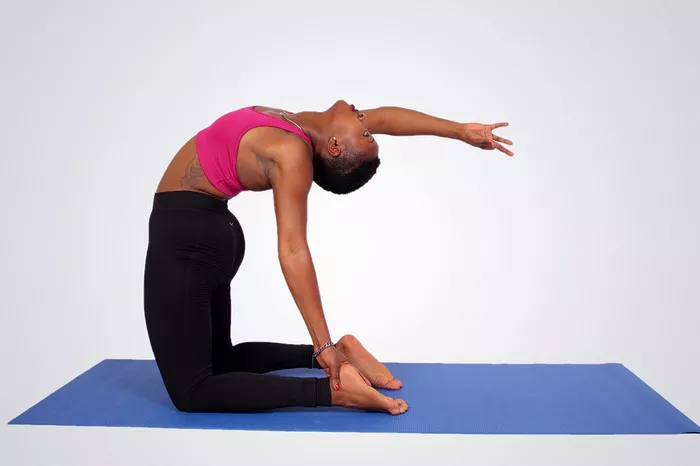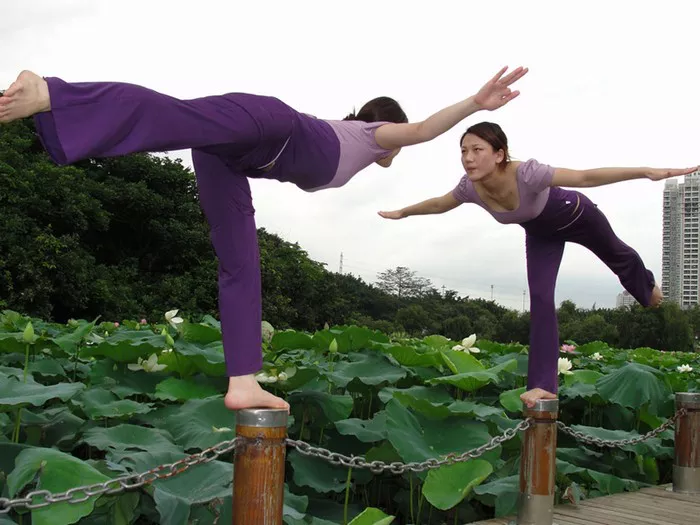Restorative yoga is a gentle and therapeutic style that focuses on relaxation and stress relief. Unlike more dynamic forms of yoga, restorative yoga involves holding passive poses for extended periods, typically ranging from five to twenty minutes. The aim is to encourage deep relaxation by supporting the body with props and minimizing muscular effort.
The Role of Props in Restorative Yoga
Props play a crucial role in traditional restorative yoga practice. They provide support to the body, allowing practitioners to relax more deeply into each pose without strain or discomfort. Common props include bolsters, blankets, blocks, straps, and eye pillows, each serving a specific purpose in enhancing the restorative experience.
Bolsters offer gentle support for the spine, hips, and abdomen, promoting relaxation and ease in reclining poses. Blankets can be folded or rolled to provide cushioning and warmth, while blocks help to adjust the height and angle of certain poses to suit individual needs. Straps assist in achieving proper alignment and opening tight areas of the body, while eye pillows help to soothe the eyes and deepen relaxation.
Restorative Yoga Without Props: Finding Alternative Support
While props are valuable tools in restorative yoga practice, they are not always readily available or accessible to everyone. Fortunately, the essence of restorative yoga can be experienced without the use of props by making modifications and adjustments to traditional poses.
One of the key principles of restorative yoga is creating a supportive environment for the body to relax and release tension. Without props, practitioners can utilize other means of support, such as the floor, walls, and their own body weight, to find comfort and stability in each pose.
Tips for Practicing Restorative Yoga Without Props
Here are some tips for practicing restorative yoga without props:
1. Focus on Breath: Pay close attention to your breath as you move through each pose. Deep, slow breaths can help to calm the nervous system and promote relaxation.
2. Use the Environment: Take advantage of your surroundings to find support in each pose. For example, use a wall for support in seated or lying poses, or place cushions or pillows under the knees or head for added comfort.
3. Listen to Your Body: Honor your body’s needs and limitations. If a pose feels uncomfortable or strained, modify it or come out of it altogether. Remember that restorative yoga is about relaxation, not pushing yourself to the limit.
4. Experiment with Alignment: Explore different variations of poses to find what works best for your body. Focus on aligning the spine and releasing tension in areas of tightness or discomfort.
5. Create a Relaxing Atmosphere: Set the mood for your practice by creating a quiet, peaceful space free from distractions. Dim the lights, play soft music, or diffuse calming essential oils to enhance relaxation.
6. Stay Present: Bring your awareness to the present moment and let go of any thoughts or distractions. Allow yourself to fully surrender into each pose and embrace the stillness and quietude.
Benefits of Restorative Yoga Without Props
While props can enhance the restorative experience, practicing without them offers its own set of benefits:
1. Accessibility: Restorative yoga without props makes the practice more accessible to everyone, regardless of their location or resources. Practitioners can enjoy the benefits of relaxation and stress relief without the need for specialized equipment.
2. Self-Reliance: Practicing without props encourages self-reliance and self-awareness. By tuning into their bodies and making adjustments as needed, practitioners learn to trust their intuition and cultivate a deeper connection with themselves.
3. Versatility: Without props, restorative yoga becomes more versatile and adaptable. Practitioners can modify poses to suit their individual needs and preferences, allowing for greater creativity and exploration in their practice.
4. Deepening Awareness: Practicing without props invites practitioners to develop a deeper awareness of their bodies and breath. By relying solely on their own support systems, practitioners learn to tune into subtle sensations and cultivate mindfulness in each moment.
Incorporating Restorative Yoga Without Props into Your Routine
To incorporate restorative yoga without props into your routine, follow these steps:
1. Set Aside Time: Schedule regular time for your restorative yoga practice, ideally at a time when you can relax and unwind without distractions.
2. Create a Sacred Space: Designate a quiet, comfortable space for your practice where you feel safe and at ease. Clear away any clutter and make the environment conducive to relaxation.
3. Start Slowly: Begin with a few simple poses and gradually build up to longer holds as you become more comfortable with the practice. Listen to your body and adjust as needed.
4. Stay Consistent: Consistency is key to reaping the benefits of restorative yoga. Aim to practice regularly, even if it’s just for a few minutes each day.
5. Be Gentle with Yourself: Remember that restorative yoga is not about perfection or achieving a certain outcome. Be gentle with yourself and approach your practice with a sense of curiosity and openness.
Conclusion
Restorative yoga without props offers a gentle yet powerful way to relax and rejuvenate the body and mind. By focusing on breath, alignment, and self-awareness, practitioners can experience deep relaxation and cultivate a sense of inner peace and balance. Whether you’re new to yoga or a seasoned practitioner, incorporating restorative yoga without props into your routine can enhance your overall well-being and bring greater harmony into your life.

